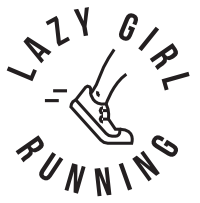Heading to the swimming pool after work, getting changed into my swimming costume, cap and goggles and flopping into the water has become second nature. Where once I dipped my toes into the cool water and lowered myself in slowly, pausing to double check my goggles and cap before I couldn’t put it off any longer and submerged my shoulders – now I jump straight in and dive below the surface.
I turned up to my first swimming class with a nose clip, unable to put my face under the water without either it or my hand clamping my nostrils shut. But my coach made me throw away this security blanket and now I swim back and forth in the pool with a steady steam of bubbles flowing for my nose and no concern for whether the odd bit of chlorinated water makes its way into my nasal cavity.
My stroke has improved. I may not yet be entirely ‘slippery and fish-like’ but I look more like I’m swimming not drowning and very occasionally it feels like I’m gliding through the water rather than fighting it. In the past 10 weeks I’ve graduated to the advanced group, and my stamina and breathing have improved a lot, but now I’ve hit a wall.
In the early days of learning to swim well I had to remind myself of the 26-year-old girl who couldn’t run 400 metres without thinking her lungs were going to explode and her legs fall off. Because although running felt impossible and something I wasn’t intended for, eventually I got pretty good at it.
So I’d dip my shoulders under the cold water and think that, with time, I’d get better at this swimming lark too. And I did. But like the early days of running where the distance I could run for would grow exponentially week on week, the improvements in my swimming are slowing down.
Putting my hand here or bending my elbow like this has done all it can to make me a better swimmer. Now it’s down to old fashioned practice, practice, practice in the relentless pursuit of improvement. Learning to swim is proving to be a marathon and not a sprint.


I’m going to have to come back and re-read this when I start attempting to swim again. Very well said and I think it might help my perspective quite a bit!